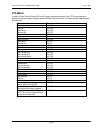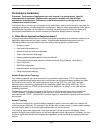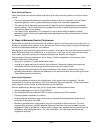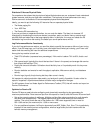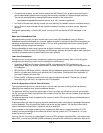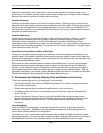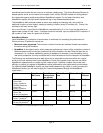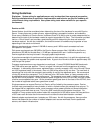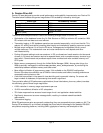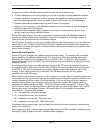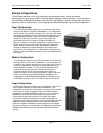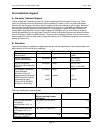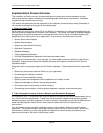
Sizing Guidelines
Disclaimer: System sizing for applications can only be described from a general perspective.
Definitive characteristics of application implementation and behavior on specific hardware will
yield different sizing requirements. Use system sizing tools when available for your specific
environment.
Domino on AIX:
Several factors should be considered when determining the size of the hardware for use with Domino
Server. Among these are number of users, network topology, geographic locations, and scalability.
Since every installation of Domino Server is different, there is no way to give an exact measurement for
determining the size of the hardware needed to support a population of users. The information provided
here is a “rule of thumb” and provides a good starting point for determining the size and amount of
hardware required. As with any installation, the size and amount of hardware may be greater or less
depending on the actual environment.
Memory requirements are a base of 128 MB of memory and 1 MB for each connected mail user
anticipated on the system.
Disk space requirements are 360 MB for the Domino Server program files (160 MB for the Domino
binaries and 200 MB for the data files) + 50 MB per registered mail user + additional space for any
Domino application that may be used + the paging space requirements.
A good recommendation for performance that pertains to disk access time, is to split the registered mail
users into separate file systems onto separate disks. A good rule of thumb to follow is approximately 500
mail files per file system.
Processor requirements are very dependent on workloads. A recent RS/6000 Model M80 benchmark
had 7008 active users per partition. There is a logical limit derived from the experience of existing
customers. In discussing active versus registered users, normally we apply a 50% rule of thumb; if there
are 1000 registered users in the domain, then only 500 will be active at any one time. The next level of
experience has to do with the complexity and quantity of mail for the registered users. We recommend
running R5 across four processors. Thus, if there are to be 1000 active users, a 4-way processor with a
single partition would create the best performance. The processor group used in the prior analysis was
the 332 MHz 32-bit processor. As the processor speed is higher as in the S7A and S80, then the number
of active users supported can grow. As the processor speed goes down to the class of the 43P-240, then
the number of supported active users goes down as well.
Single processors can support Domino, but Domino will be limited by the processor power. Domino
involves many processes and many threads, of which a limited number get processor time at once. To
the degree that any application scales, more processors allow greater process and thread distribution,
thus getting more work done at once. This is why SMP machines provide greater throughput. For
example, a 2-way system would perform better with one partition of 600 active users over two partitions
of 300 users each and also the environment would not have the dual administration overhead.
Network adapter requirements are 1 adapter per 1000 users. As with the processors, there are other
factors that determine the number of network adapters such as user workload, Domino partitioned
servers, and network infrastructure.
Lotus Domino Server R5 Implementation Guide June 18, 2001
Page 13




